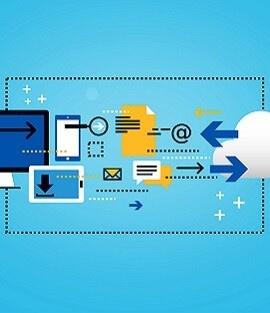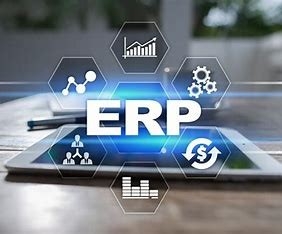The example of ordering new car in authorised car dealer best illustrates the difference between traditional and postmodern approach to ERP system. When ordering a car, we can choose different options such as type of bodywork, drive mechanism and equipment. In making decision we can choose what we want, but when car is assembled in accordance with the contract, room for manoeuvre is very limited. It is similar when it comes to traditional ERP system.
Whereas the postmodern approach is totally different. This is as if we could modify appearance and components in a used car giving it completely new functional characteristics. In practice, this implies selecting primary ERP solution to handle main business operations as well as several different applications that suit best the remaining processes in the organization. All systems must be integrated and create a consistent and coherent IT solution.
A key aspect of postmodern ERP strategy is that there is no one universal approach and postmodern ERP “system” is not the solution that you can purchase from one vendor. Two strategies for similar organizations can be at the same time “postmodern” and yet very different. This is possible because each organization defines their own postmodern strategy in accordance with its processes and needs, instead of using universal solutions.
How can postmodern strategy be put into practice? For example, in a midsize industrial manufacturer’s finance and accounting, production processes and sales are supported by the ERP system – hosted on-premise – adapted to the specific requirements and operational needs of the organization, and CRM and Human Resources are supported by the applications facilitated in the cloud by different suppliers.
Such approach can bring many benefits. Firstly – the company uses the application best suited to each process in the organization and secondly – if ownership changes occur or company decides to launch new distribution channels, only certain systems would have to be replaced and not the entire ERP. Of course, the basis for this strategy is the integration capabilities of all solutions. Otherwise the company would just have a collection of disparate applications instead of a fully integrated ERP system.
To ensure full flexibility in establishing a consistent system composed of different solutions Epicor designed Epicor ICE Business Architecture that, as fully service oriented True SOA architecture, gives companies independent access, integration and replacement of any function or data element in ERP system and allows to adjust all applications in the framework of ERP package by using Business Process Management (BPM) engine. Epicor also offers integration platform Epicor Service Connect, which facilitates the flow of information between EPR package applications and other systems used throughout the organization and by its partners, suppliers and customers.
Epicor Service Connect uses XML documents to provide Web service connectivity to Epicor solutions and other applications supporting XML standard. This solution makes integration easy by using drawing editor and thus eliminating the need for complex programming interfaces and extra coding through the use of visual designers to link and map the integration, error handling, scheduling, email, and other tasks needed to connect applications. Postmodern ERP strategy can be effectively applied to build an integrated system for each and every organisation by using Epicor solutions and technology.


